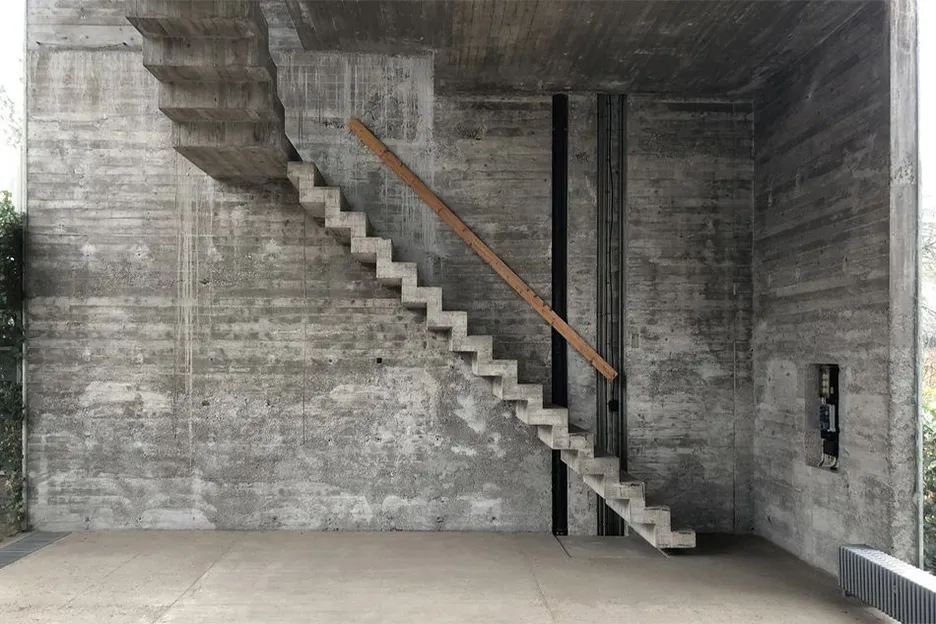Formwork construction in the middle of the 20th century and its impact on concrete surface quality

Impressive brutalist buildings with exposed concrete surfaces of the post-war period were constructed through a high level of craftsmanship in formwork carpentry. The quality of the craftsmanship can be seen in the non-treated formwork imprints on the concrete surfaces. Therefore, the cultural significance of these buildings has to be, at least in part, determined in relation to the work process and skills involved in construction of their formworks. The aim of this dissertation project is to establish a new perception of the brutalist concrete buildings as the skilled product of formwork carpentry. Thus, heritage value of the exposed concrete buildings will be reflected upon as part of the construction history, and specifically the history of the carpentry. How did the quality of the formwork influence the quality of the exposed concrete surfaces of the brutalist buildings? Through surveying existing concrete buildings and collecting and analyzing both contemporary academic and longstanding technical texts relating to concrete surfaces, characteristics of the lost timber formwork constructions will be determined, and different formworks of particular building elements will be virtually re-constructed. Besides that, the reasons for the differences in concrete surface quality in regard to the materiality, construction methods, worker skill levels and the production processes will be revealed. By studying the traces of the timber formwork on concrete surfaces, the project will advance new approaches in the field of building archaeology in terms of documentation and assessment of exposed concrete buildings.

Meltem Çavdar M.Sc. (Arch. History) TU Istanbul, M.A. (Bauforschung) OTH
since 2019
Doctoral Scholarship, Wüstenrot Stiftung, May 2020 – April 2023
Funding, Werner Konrad Marschall und Dr.-Ing Horst Karl Marschall Stiftung, 2021